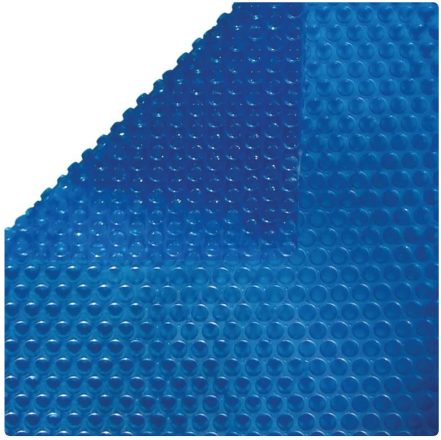Solar pool covers are an essential accessory for pool owners looking to extend their swimming season and reduce heating costs. However, there is often confusion about whether the bubbles on the cover should face up or down for optimal performance. In this blog post, we’ll explore the debate of bubbles up or down on a solar pool cover and provide insights into maximizing heating efficiency to keep your pool warm and inviting all season long.
Understanding Solar Pool Covers:
Solar pool covers, also known as solar blankets or thermal covers, are made from durable materials that harness the sun’s energy to heat the pool water. These covers typically feature thousands of tiny bubbles that trap heat from the sun and transfer it to the water below. Additionally, solar pool covers help reduce evaporation, retain heat, and prevent debris from entering the pool, making them an essential investment for pool owners.
Bubbles Up or Down: The Debate:
- Bubbles Up: Advocates of placing the bubbles facing up argue that this configuration allows the bubbles to trap more heat from the sun and transfer it to the pool water. They believe that the bubbles act as insulators, creating an additional barrier between the water and the cover, which helps retain heat more effectively.
- Bubbles Down: Conversely, proponents of placing the bubbles facing down argue that this configuration creates a tighter seal between the cover and the water surface, minimizing heat loss through evaporation. They believe that placing the bubbles down maximizes the contact between the cover and the water, ensuring better heat transfer and retention.
The Verdict: Bubbles Down
While the debate continues among pool owners and experts, the consensus leans toward placing the bubbles facing down for optimal heating efficiency. Here’s why:
- Increased Contact Area: Placing the bubbles down maximizes the contact area between the cover and the water surface, allowing for better heat transfer and retention.
- Reduced Evaporation: By creating a tighter seal between the cover and the water, bubbles facing down help minimize heat loss through evaporation, maximizing heating efficiency.
- Prevention of Debris Accumulation: Placing the bubbles down can also help prevent debris from accumulating on the cover, ensuring clearer water and easier maintenance.
Additional Tips for Maximizing Solar Pool Cover Efficiency:
- Ensure Proper Fit: Choose a solar pool cover that fits your pool dimensions snugly to maximize coverage and heating efficiency.
- Remove Cover When Swimming: Remove the solar pool cover before swimming to prevent damage and ensure safety. Replace the cover immediately after swimming to retain heat and prevent evaporation.
- Regular Maintenance: Clean the solar pool cover regularly to remove dirt, debris, and algae buildup, which can reduce its effectiveness over time.
- Monitor Water Temperature: Use a pool thermometer to monitor water temperature regularly and adjust cover usage accordingly to maintain desired temperatures.
Conclusion:
When it comes to solar pool covers, placing the bubbles facing down is generally recommended for optimal heating efficiency. By maximizing contact between the cover and the water surface, minimizing evaporation, and preventing debris accumulation, bubbles-down configuration ensures that your pool stays warm and inviting throughout the swimming season. Remember to invest in a high-quality solar pool cover, follow proper installation and maintenance practices, and enjoy the benefits of a comfortably heated pool for extended swimming enjoyment.
